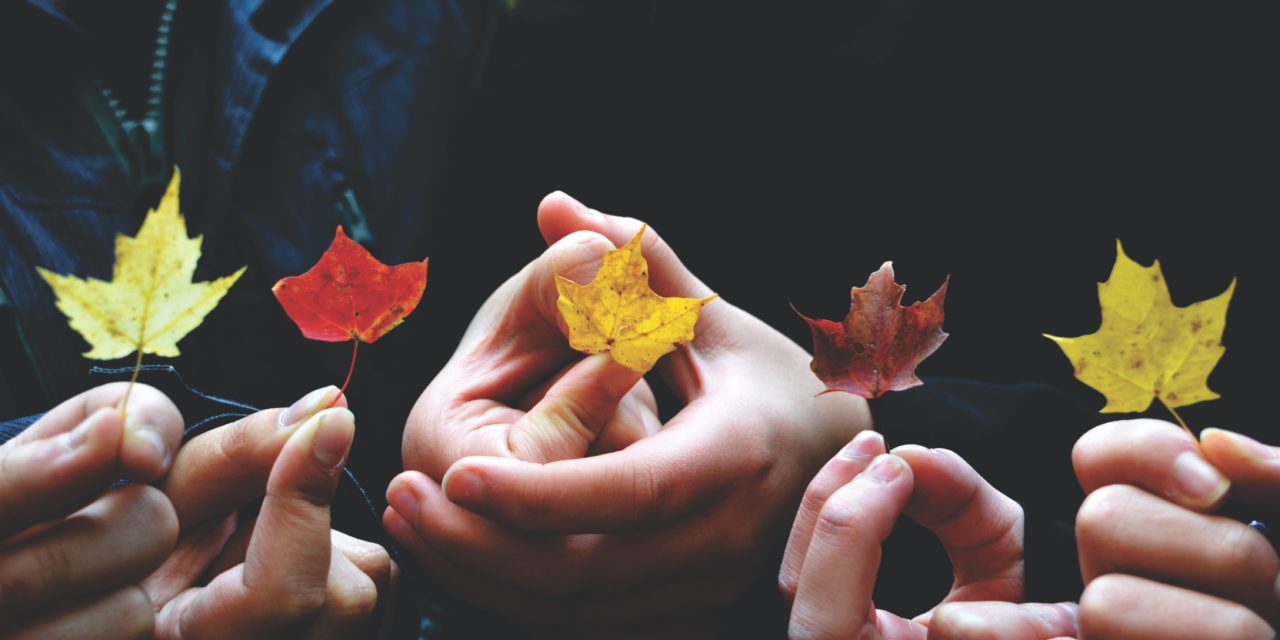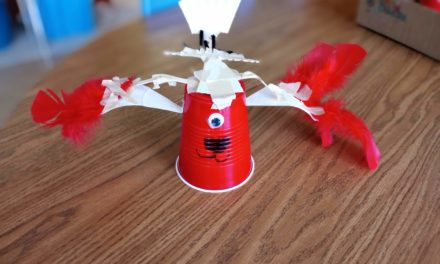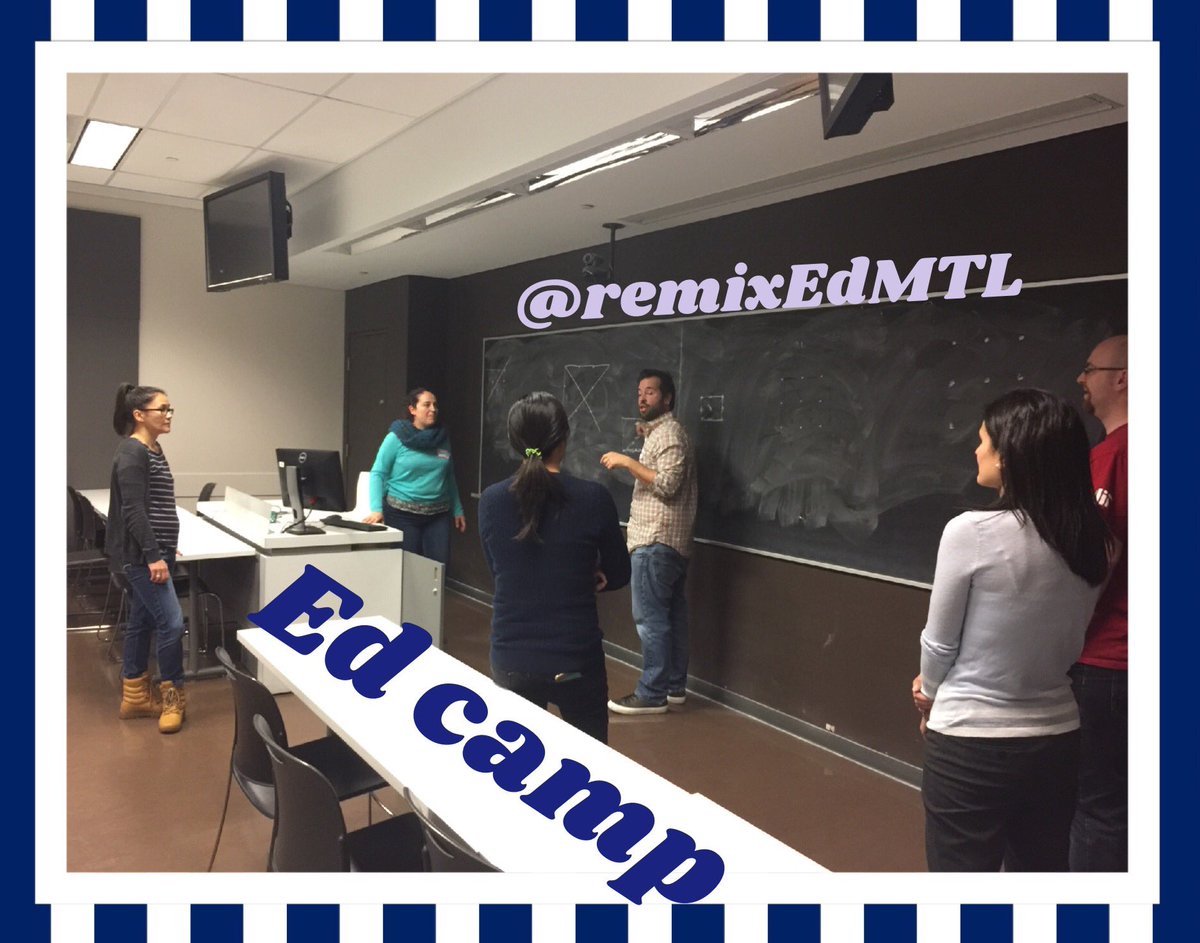Happy hearts and happy faces
Happy play in grassy places –
That was how, in ancient ages,
Children grew to kings and sages.
– Robert Louis Stevenson
In the woods
Sylvie Ozell (LBPSB) and Kelly Fahey (SWLSB) are teachers who have been practicing outdoor learning with their students for years. They lead discussions during LEARN’s virtual Fall into Outdoor Education session for educators across Quebec.
I came to the session with only vague notions of what outdoor learning was. As a teacher, I didn’t bring my students outside because I thought that being outdoors would distract my students. I’ve seen my share of situations that I wanted to avoid: students poking a squirrel with a stick, students burning ants with a magnifying glass, or students breaking off tree branches to play swords. I was thinking of these situations as one participant shared her own experience.
What I expected to hear in response to the experience was, ‘Well, before you bring students outside, you need to spend a lot of time teaching about nature so that they will respect it when they do get outside.’
Instead, Sylvie replied (I’m paraphrasing here): ‘Your students’ actions tell me that they are crying out for a relationship with nature.’
This was a complete twist from the answer I was expecting. I had anticipated the answer would echo the traditional rote method of: ‘teach the topic and they will understand’ but the other educators familiar with outdoor learning contributed similar suggestions:
– Students want a relationship with nature but they have no idea how or where to start;
– By bringing students outside to learn, they get to develop a relationship with nature;
– You don’t destroy something you’re connected to.
Finding the Clearing
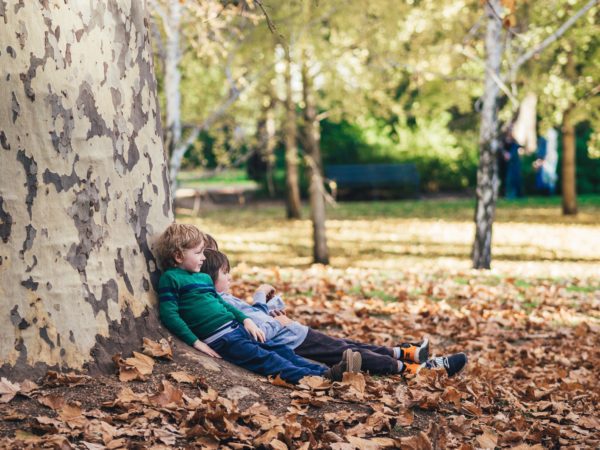
From this conversation, I started to understand that outdoor learning is not about the ‘teach and they will understand’ approach, and it’s not about finding ways to teach your subject outdoors.
Outdoor learning is about immersing your students in the natural world (whatever’s available). Nature-based activities can provide students with direct experiences which can feed their curiosity. It’s up to the teacher to guide reflection and inquiry that is rooted in respecting nature. That said, aligning the curriculum with lessons outside takes regular practice and collaboration.
When we turn to statistics we see that for different reasons, most of our students have not been given the opportunity to develop this capacity to care for our planet. Life has become busy for parents and guardians, so even those who are so inclined, are often unable to bring their children outdoors enough to develop a lasting relationship with nature. The David Suzuki Foundation states that “the average North American child spends less than 30 minutes playing outside each day, and more than seven hours in front of a screen”.
Nature-deficit disorder, as it’s been coined, is more common in today’s kids. Schools can benefit students by introducing outdoor learning. The Quebec Ministry of Education’s Revitalization Plan 2021-2022 acknowledges that we can and should bring our students outside more in a variety of pedagogical ways by making one of its main objectives: “To increase opportunities to go outside, exercise and enjoy the outdoors” (p.15). Teachers have the potential to meet this growing need.
How can this be done?
Let’s take a look at a few examples that came up during our session on September 28:
When Sylvie brings her grade one students outside, they usually begin by taking a few minutes to acknowledge the land and they read a book like The Giving Tree or The Lorax as a class. At the beginning of the year, the students ‘adopt’ a tree in the schoolyard, so every time they are outside, they take a few minutes to ‘check-in’ with their tree. Then Sylvie will use nature to explore what they’re learning – for example, by using pine cones as manipulatives for math.
Also, she always brings chalk whenever they go outside so she can illustrate a math problem wherever they are. Nature becomes their chalkboard.
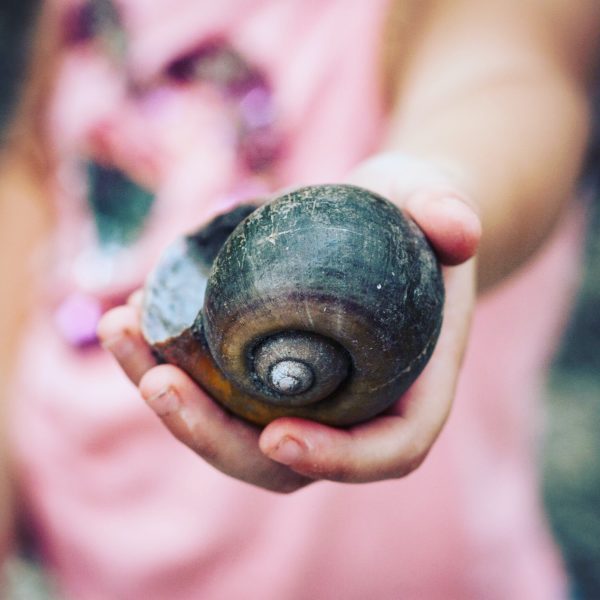 Kelly Fahey has her students make nature journals at the beginning of the school year. She has them bind the book themselves and they always bring them with them when they go outside.
Kelly Fahey has her students make nature journals at the beginning of the school year. She has them bind the book themselves and they always bring them with them when they go outside.
Students focus on the question, “what sounds do you hear?” when they go on sound hikes and they explore nature’s colours when they go on paint chip hikes. Students note all their discoveries in their nature journals, and you can be sure that these journals are never lost, they are so proud of them!
What I take away from the session with Sylvie and Kelly is that even if you’re not 100% sure where to start with outdoor learning, you just have to start somewhere; the benefits are too great not to. The suggestions that stuck out to me most are to start small and establish a routine, set an intention for going outside but be flexible, make your students part of the process, and invite them to wonder about the natural world around them. As Sylvie recommended in our breakout session, just get outside and let nature be your guide.
Resources
The possibilities are endless. If you’d like to dive into more examples, check out the plethora of great ideas from LEARN:
From the Field: Outdoor Education in an Elementary school setting (webinar reply)
Take a deep dive with Sylvie Ozell and Kelly Fahey who share their grassroots initiative from their outdoor education journey. They will share best practices, lesson ideas, funding, and tips & tricks.
Outdoor Education and Online Learning for K-Cycle 1 Learners (webinar reply)
Join Debbie Myles and Annie Renaud of the Lester B. Pearson School Board (LBPSB) as they share their experiences and answer your questions.
Outdoor Learning Blogs by Danielle Dyson
Explore different activities such as ‘A Bird’s Eye View’, ‘X Marks the Spot’, ‘Hard to Spot, Easy to Hear’, as well as suggestions for outdoor learning in winter.
Take Me Outside Day aims to raise awareness about outdoor learning by encouraging teachers to take their students outside for 1 hour on October 20th.
2021 Canadian Outdoor Learning Free Fall Virtual Workshop Series
Join LEARN online with Dr. Gillian Judson as she shares insight into her book A Walking Curriculum: Evoking Wonder And Developing Sense of Place (K-12). Tuesday, October 26th, 3:30-4:30 PM EST Sign-Up Here
Stay tuned for announcements on LEARN’s OCS page for the Winter Wonderland Outdoor Learning session in January 2022.
References
Quebec Ministry of Education’s Revitalization Plan. 2021. https://www.quebec.ca/en/government/policies-orientations/revitalize-education
Stevenson, R. (1888). A Child’s Garden of Verses.

